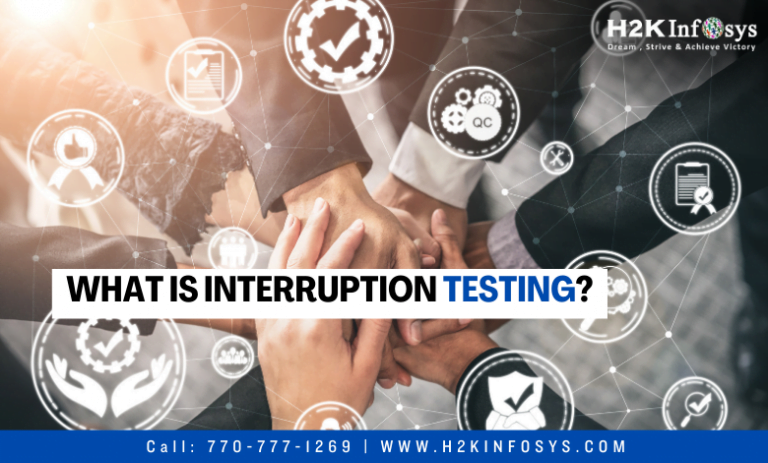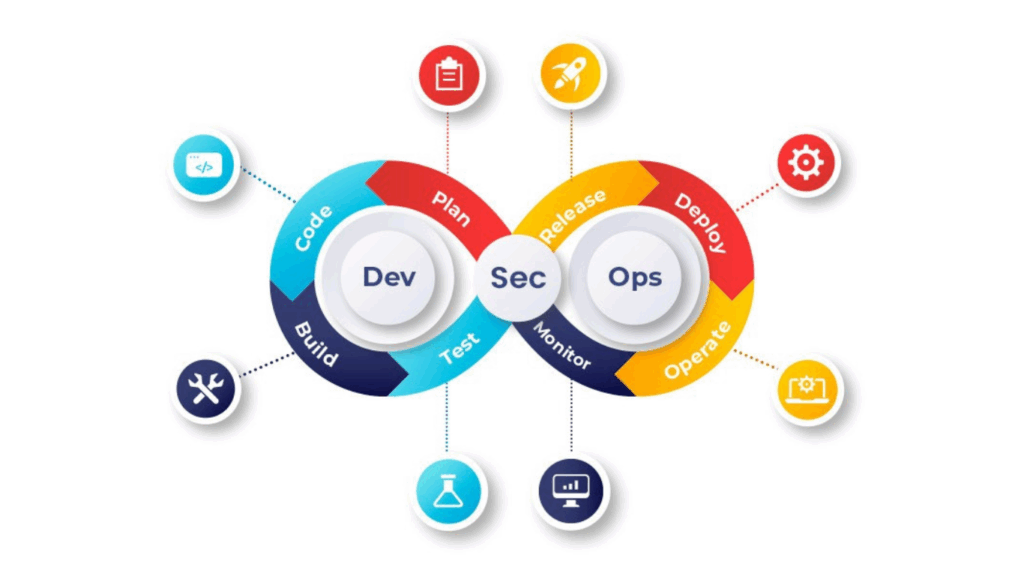A crucial part of each software testing cycle is mobile testing. Every application must run without a hitch on thousands of different hardware and operating system combinations. Mobile testing must be carefully and precisely designed and executed in order to ensure that this is viable.
Interruption testing is a type of mobile app testing that evaluates how well a mobile application handles, recovers from, and reacts to unforeseen circumstances like incoming calls and notifications. To learn more, check out the QA testing online courses.
The Importance of Interruption Testing for Mobile Apps
We now use mobile devices for almost all of our daily activities; 6.8 billion people use smartphones, and mobile usage accounts for over half of all online traffic worldwide. App users want seamless experiences in order to be more satisfied. Notifications or incoming calls might cause interruptions to a user’s workflow, which can irritate them. Testing for interruptions ensures that mobile apps can manage these situations with ease, protecting user data, preventing crashes, and quickly returning to a stable state. In the congested mobile app industry, developers can gain a competitive edge, increase user experience, and foster trust by proactively testing and resolving any issues.
It’s also critical to understand that recovery testing and interruption testing are two different things, because the application is not recovering from a failure, but simply from a (usually external) interruption.
Types of Interruptions
The following are a few of the most frequent interruptions that may occur when using a mobile app:
- incoming phone calls
- Arriving messages
- low battery
- Notifications from a different mobile application
- Restore and lose network connections
- Reminders to update
- Alarm clocks
- Notification of device charging or full charge
- Accessing an external link
Recovering from the Interruption
The application can recover from the interruption in a few different ways:
- Run in the background: When an interruption takes over, the program is put on hold. When the disturbance passes, it takes back control. For instance, if you are playing a mobile game and you get a Facetime or phone call, the game will pause until the user has finished answering the calls, and it will resume after the conversation finishes.
- Display alert: This occurs when messages from the device or other applications show up when you are using a mobile application. The program should notify the user of incoming messages in a non-intrusive manner, like an alert or notification banner, and allow them to read, disregard, or respond without having to exit the mobile application completely.
- Call to action: Occasionally, a mobile application stoppage requires the user to provide feedback or select a course of action. Let’s look at an example where a user receives a warning that their phone’s battery is running dangerously low while they are using it to play a game. The application prompts the user to choose a power-saving mode in order to prolong battery life. The user then has the option to activate power-saving mode on the smartphone and continue playing the game while extending the battery life.
- No Impact: In some particular situations, an interruption might not have a major impact on the functionality of a program or the user’s experience. For example, when a device is charging while it is being used for an application, there is no notice or call-to-action resolution. This ensures that the application will continue to function without requiring the user to take any immediate action or provide any input.
Best Practices for Effective Interruption Testing
- Replicate real-world usage: Create test scenarios that faithfully capture your target audience’s usual usage habits. To faithfully replicate real-world scenarios, take into account various mobile devices, operating systems, and pertinent third-party applications.
- Test under different network conditions: Mobile applications function in a variety of network conditions, from robust wifi networks to spotty cellular coverage. Make sure your apps can tolerate disruptions and remain functional by testing them in various network scenarios.
- Emulate interruptions: To create disruptions during testing, use programs or frameworks that enable simulating incoming calls, notifications, or system events. Developers can achieve more exact and regulated testing circumstances with this approach.
- Incorporate recovery mechanisms: Analyse the app’s ability to bounce back from disruptions and carry on as usual once the event has concluded. A strong recovery procedure guarantees minimum disturbances to the user experience and data loss.
Conclusion Interruption testing is necessary to ensure both the smooth and continuous user experience and the dependability of mobile applications. It ensures that mobile applications can effectively handle interruptions, prevent data loss and crashes, and ultimately improve user pleasure by simulating real-world circumstances. It ought to play a major role in any strategy for mobile testing. Check out the software QA online course to learn more.





























